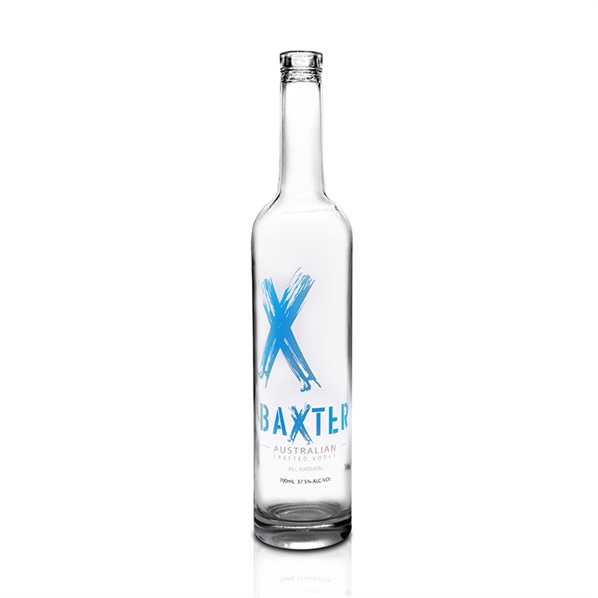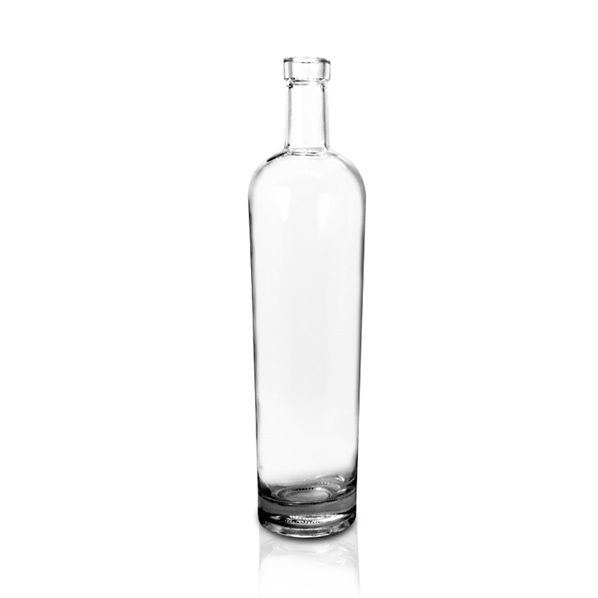If you’ve ever attended a wine tasting or a fancy dinner party, you’ve probably noticed people holding their wine glasses in slightly different ways. Some grip the bowl like a coffee mug, others pinch the stem like they’re afraid of fingerprints, and a few might even cradle the base like it’s a fragile artifact. But here’s the thing: how you hold your wine glass isn’t just about etiquette—it’s rooted in science. From temperature control to aroma preservation, the way you hold wine glass can dramatically impact your sipping experience. Let’s dive into the fascinating reasons why your grip matters more than you think.

Wine is notoriously temperature-sensitive. A red wine served too warm can taste overly alcoholic or jammy, while a white wine served too cold might lose its delicate floral notes. This is where the hold wine glass technique becomes critical.
The bowl of a wine glass is designed to cradle the liquid while keeping it at an optimal temperature. When you hold the bowl directly, your body heat (which averages around 98.6°F) transfers to the glass, warming the wine inside. For reds, this might seem harmless—after all, they’re often served at "room temperature." But here’s the catch: modern room temperatures (around 72°F) are much warmer than the 60–65°F ideal for most reds. Overheating can make tannins feel harsher and aromas evaporate too quickly.
For whites and sparkling wines, the stakes are even higher. These varieties thrive at cooler temps (45–55°F). Holding the bowl warms them up, flattening their crisp acidity and reducing effervescence in bubbly drinks like Champagne. The solution? Hold wine glass by the stem. This simple shift minimizes heat transfer, keeping your drink at its intended temperature longer.
Ever swirl wine before sipping? That’s not just for show. Swirling releases volatile aromatic compounds—the molecules responsible for a wine’s bouquet. But if you’re holding wine glass incorrectly, you might sabotage this process.
When you grip the bowl, your fingers block part of the glass’s opening, trapping aromas instead of letting them rise freely. This limits your ability to detect subtle notes like citrus zest, vanilla, or tobacco. By contrast, holding the stem allows the bowl to remain fully open, giving those aromas room to expand.
Science backs this up: studies using gas chromatography (a tool that analyzes chemical vapors) show that wines served in properly held glasses release up to 30% more aromatic compounds. So, if you want to smell that $100 Cabernet’s blackcurrant and cedar nuances, give your nose a fighting chance by keeping your fingers off the bowl.
Let’s get real—how you hold wine glass also sends subconscious signals. In social settings, your grip can influence how others perceive your wine savvy (or lack thereof).
Holding the stem projects confidence and knowledge. It’s the mark of someone who understands wine’s nuances. On the flip side, palming the bowl can come across as casual or uninformed—fine for a backyard BBQ but less ideal at a Michelin-starred restaurant.
There’s also a practical visual element. Holding the stem keeps the bowl clean of smudges, ensuring the wine’s color and clarity remain visible. This isn’t just vanity; a wine’s hue offers clues about its age and varietal. A murky glass? That’s like trying to judge a painting through a foggy window.
Not all wine glasses are created equal—and neither are their ideal holds. Let’s break it down:
Pro tip: If you’re nervous about dropping a delicate glass, practice with a stemmed water goblet at home. Muscle memory is your friend!

Even seasoned wine lovers slip up. Here are the top hold wine glass errors and easy fixes:
At its core, the "perfect" hold wine glass method isn’t about following arbitrary rules. It’s about maximizing enjoyment through temperature control, aroma preservation, and visual appeal. Whether you’re sipping a $10 Merlot or a vintage Dom Pérignon, the right grip ensures you experience the wine exactly as the winemaker intended.